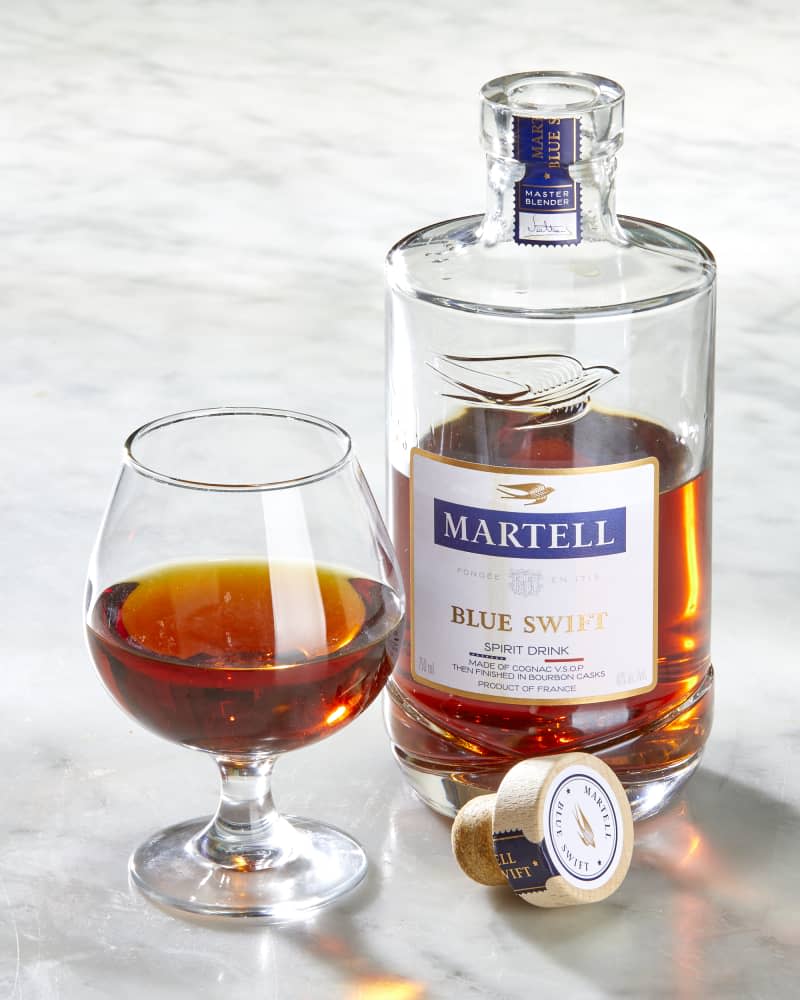What Is Cognac? All About the Beloved French Brandy

- Oops!Something went wrong.Please try again later.
Victor Hugo, famous French writer and the author of Les Miserables, described Cognac as the liquor of the gods. This sentiment might explain why Cognac, the beloved amber spirit, has been produced for centuries. Just like wine, Cognac is a staple in France and has a rich history.

What Is Cognac and Where Does It Come From?
Cognac is an AOC-controlled (short for Appellation d’Origine Contrôlée, referring to standards set for agricultural products like wine and cheese made in France) type of brandy named for the commune of Cognac, France, and exclusively made in the French departments of Charente and Charente-Maritime.
Cognac must be distilled twice from specific grapes, including the most common, Ugni blanc. Before it may be sold to the public, Cognac must be aged at least two years in French oak barrels from Limousin or Tronçais.
What Is the Difference Between Brandy and Cognac?
While brandy is a distilled spirit made from any fruit juice, Cognac must be distilled from specific grapes, using specialized equipment and techniques. Cognac is a barrel-aged brandy made in the Cognac region of France. It is often, but not always, a blend of various eaux de vie, the term for the individual spirits, pre-blending. All Cognac is brandy, but not all brandy is Cognac.
What Does Cognac Taste Like?
Each Cognac brings something unique to the party — a result of the different grapes used, the specific barrel-aging process, and the particular blend of eaux de vie; but in general, Cognac is a smooth, slightly sweet spirit with warm notes of spice, tobacco, and toffee, with a hint of oak.
What Are the Grades of Cognac?
V.S. (Very Special) — Designates a blend that has been barrel-aged for two years, the minimum required to be considered Cognac.
V.S.O.P. (Very Superior Old Pale) — A blend in which the youngest brandy has been barrel-aged for at least four years.
Napoléon — Cognac in which the youngest brandy has been barrel-aged for at least six years.
X.O. (Extra Old) — This Cognac’s youngest brandy has been aged for a minimum of ten years.
X.X.O. (Extra Extra Old) — Cognac in which the youngest brandy has been barrel-aged for at least 14 years.
Hors d’Âge (Beyond Age) — Designates a high-quality Cognac that is beyond the official age scale (must be equal to X.O.)
How Is Cognac Used?
Save your fine, aged Cognac for sipping neat by a crackling fire. Younger Cognac, however, is excellent for mixing in cocktails. It features prominently in the Sazerac, sidecar, and French 75. Try it in your next batch of eggnog for something truly special. Cognac can also bring a delightful depth of flavor to pan sauces, like those for steak au poivre and lobster thermidor.

